Lisa Weinzierl - 2025
Lisa Weinzierl - 2025
Details
Details
Overview
Overview
Shipping important note
Shipping important note
Delivery times are typically reliable and most instruments arrive within the estimated timeframe.
Should any unexpected delay occur, our team will keep you informed and provide support at every step. For all shipping details and exceptions, please see our Shipping Policy.
Details about GPSR
Details about GPSR
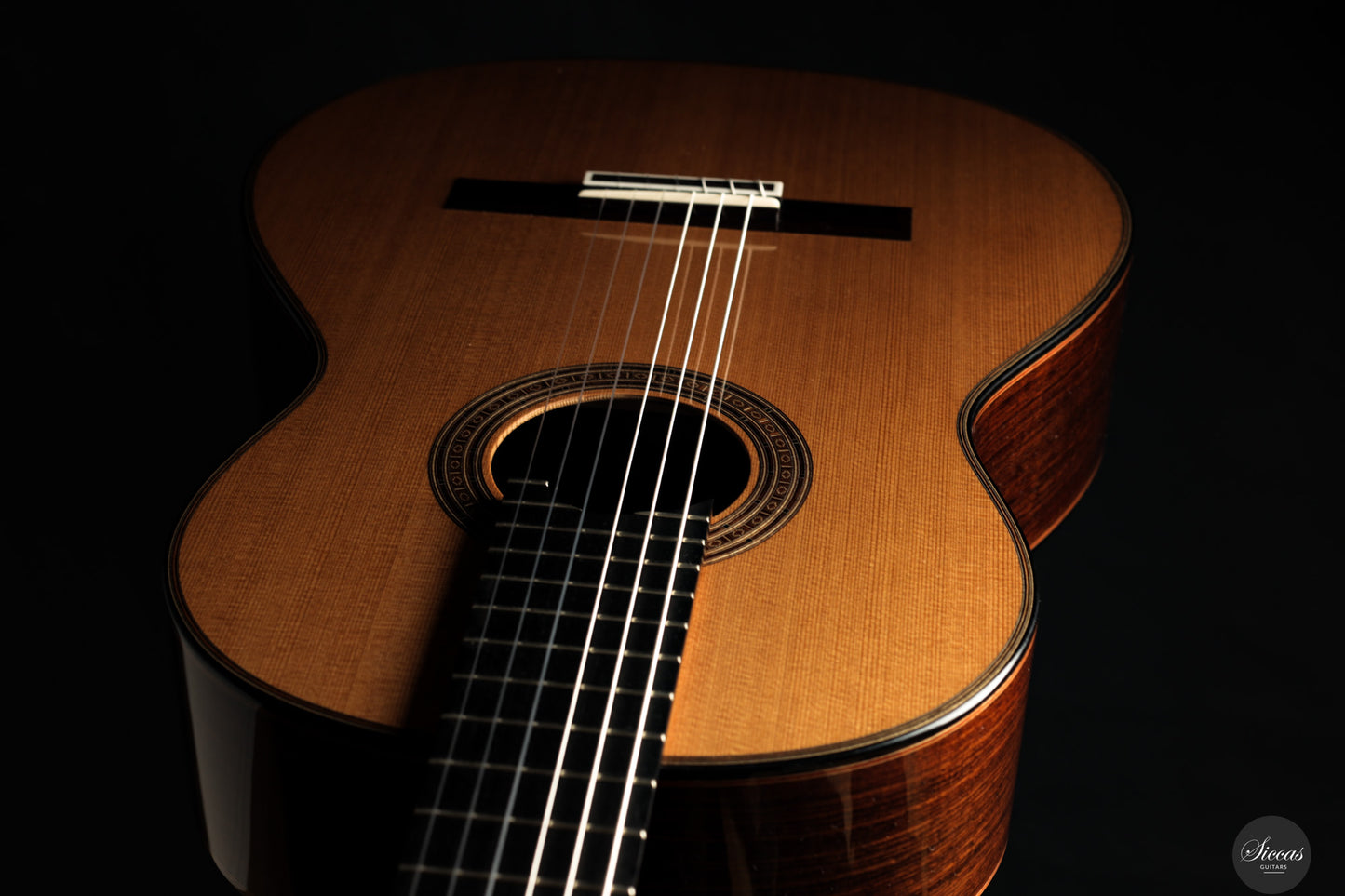
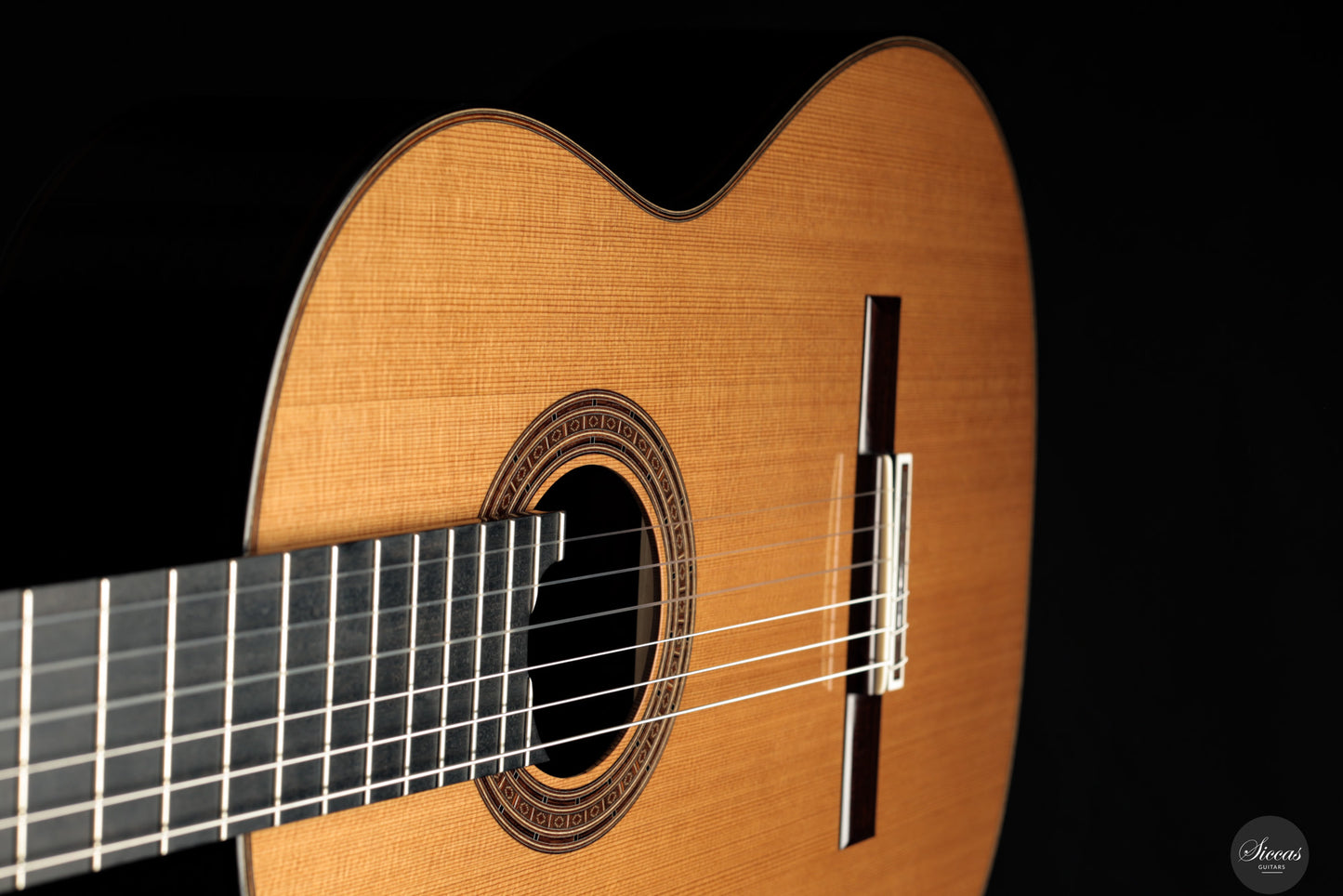

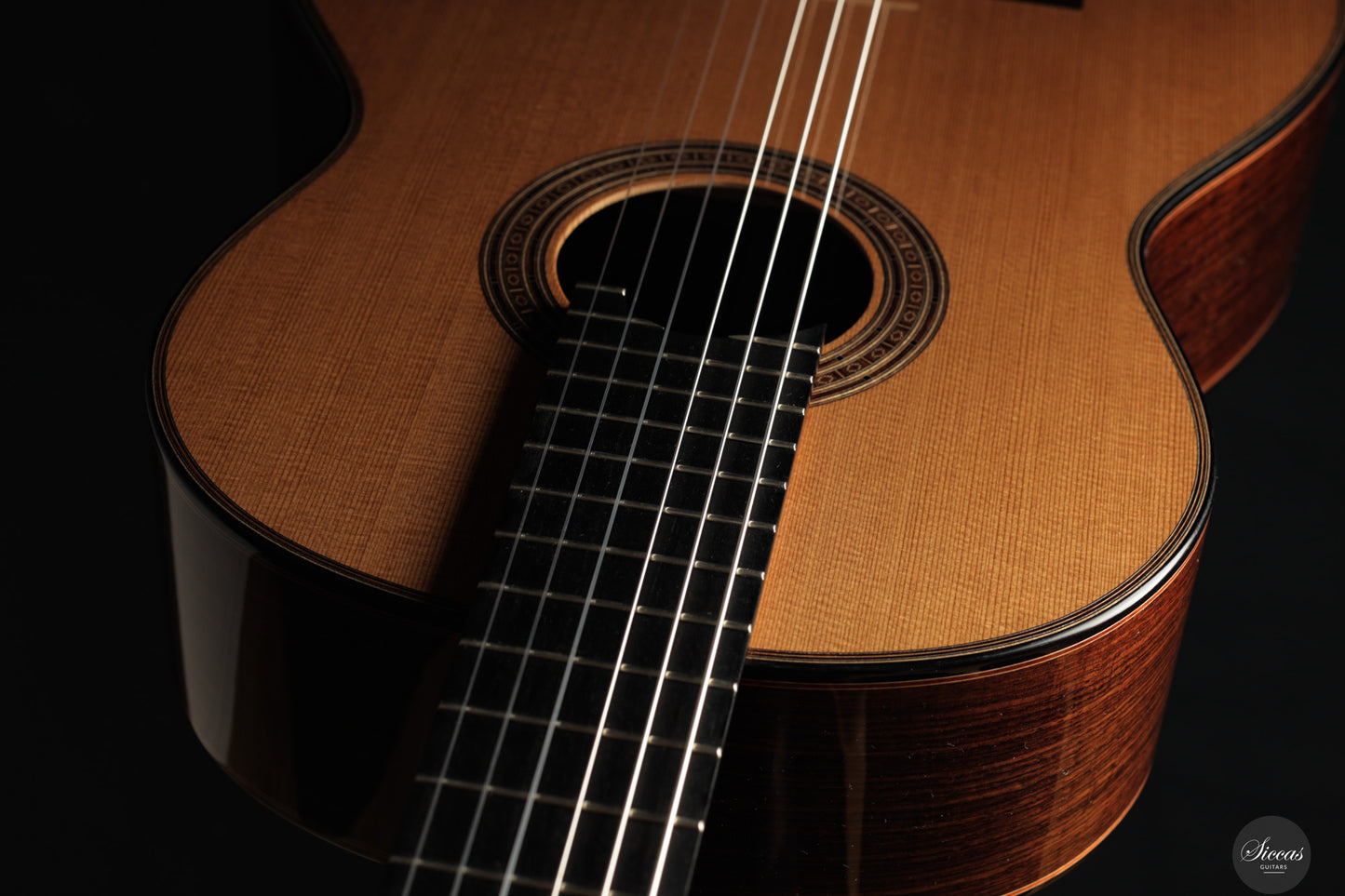

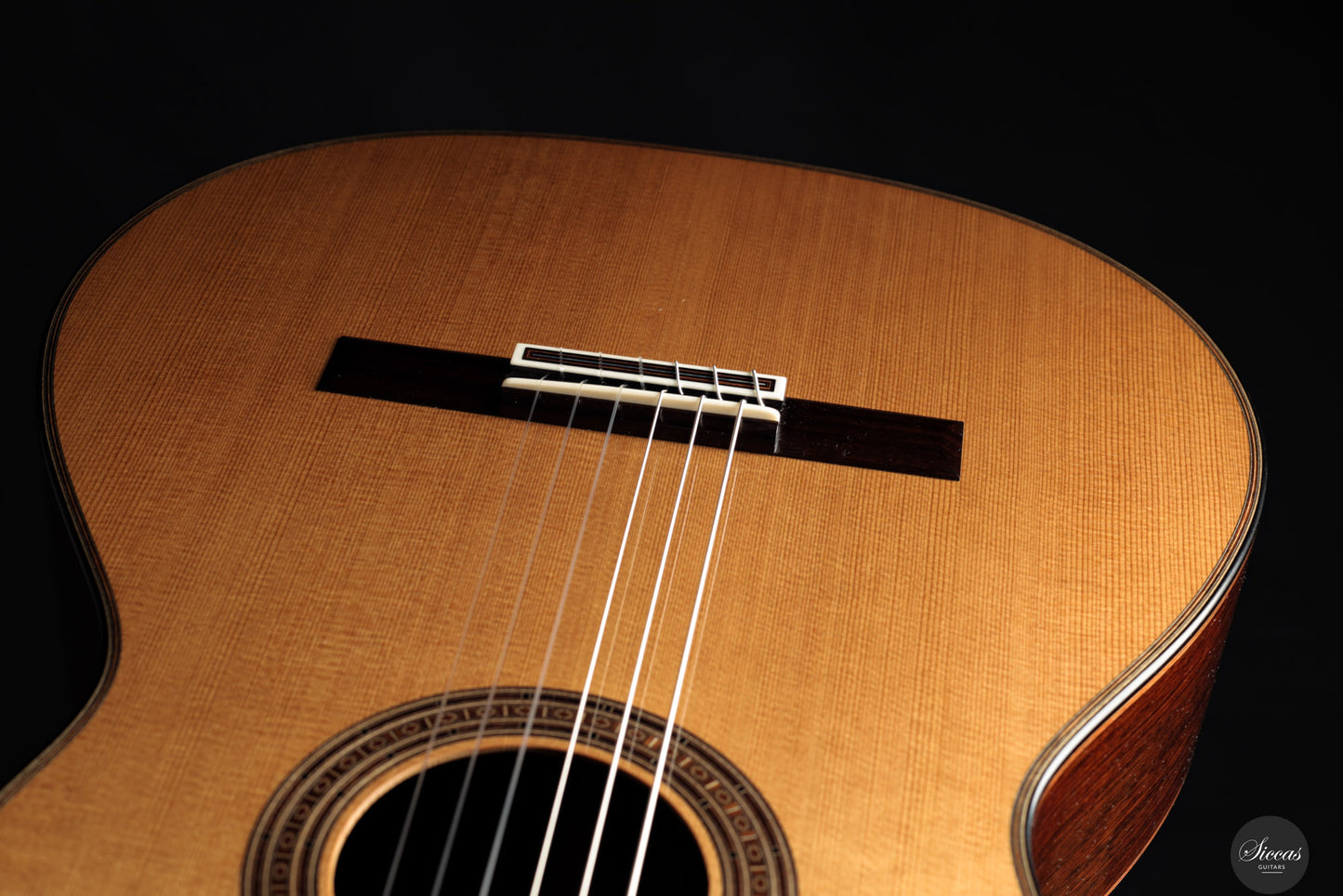
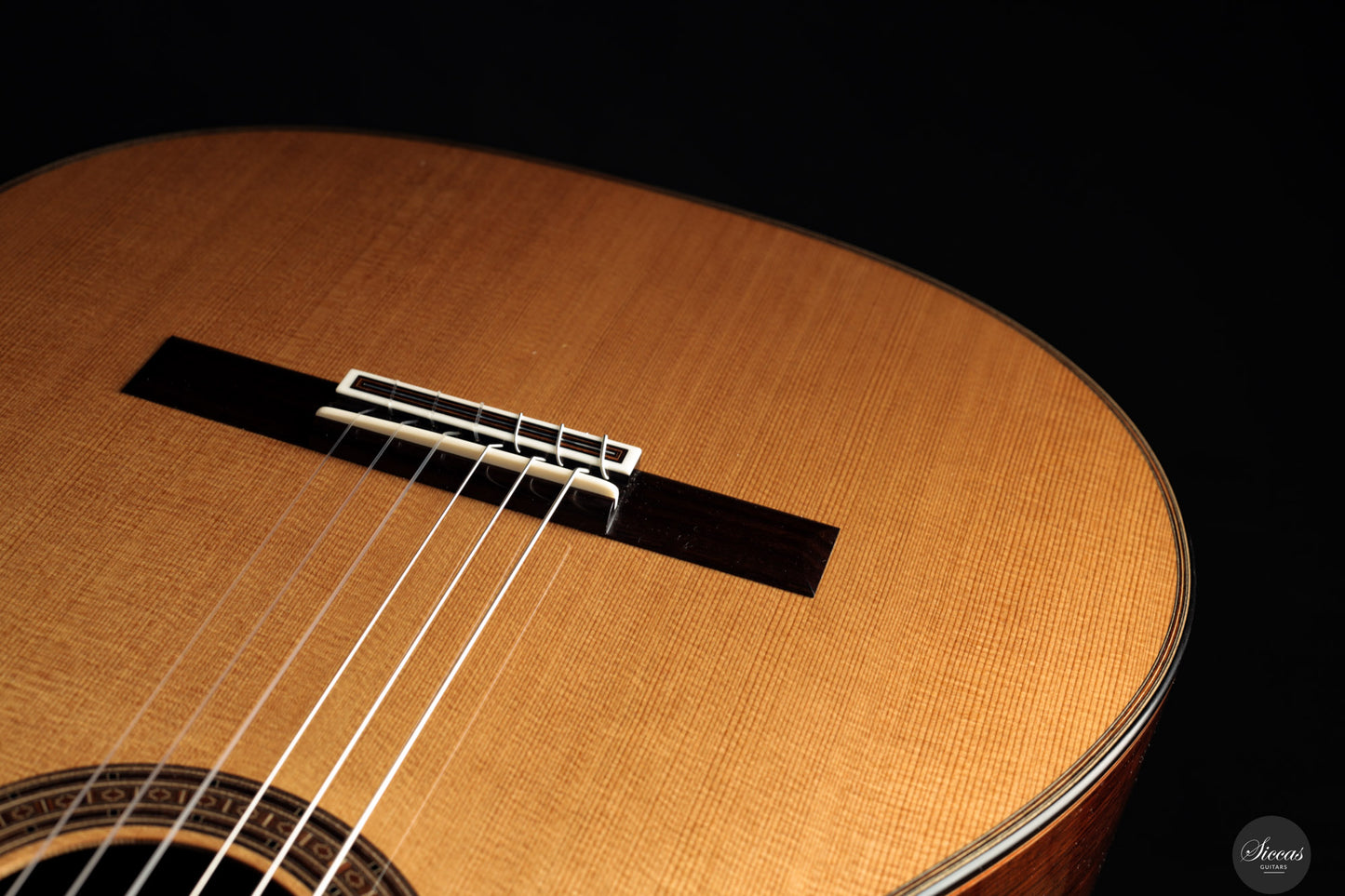
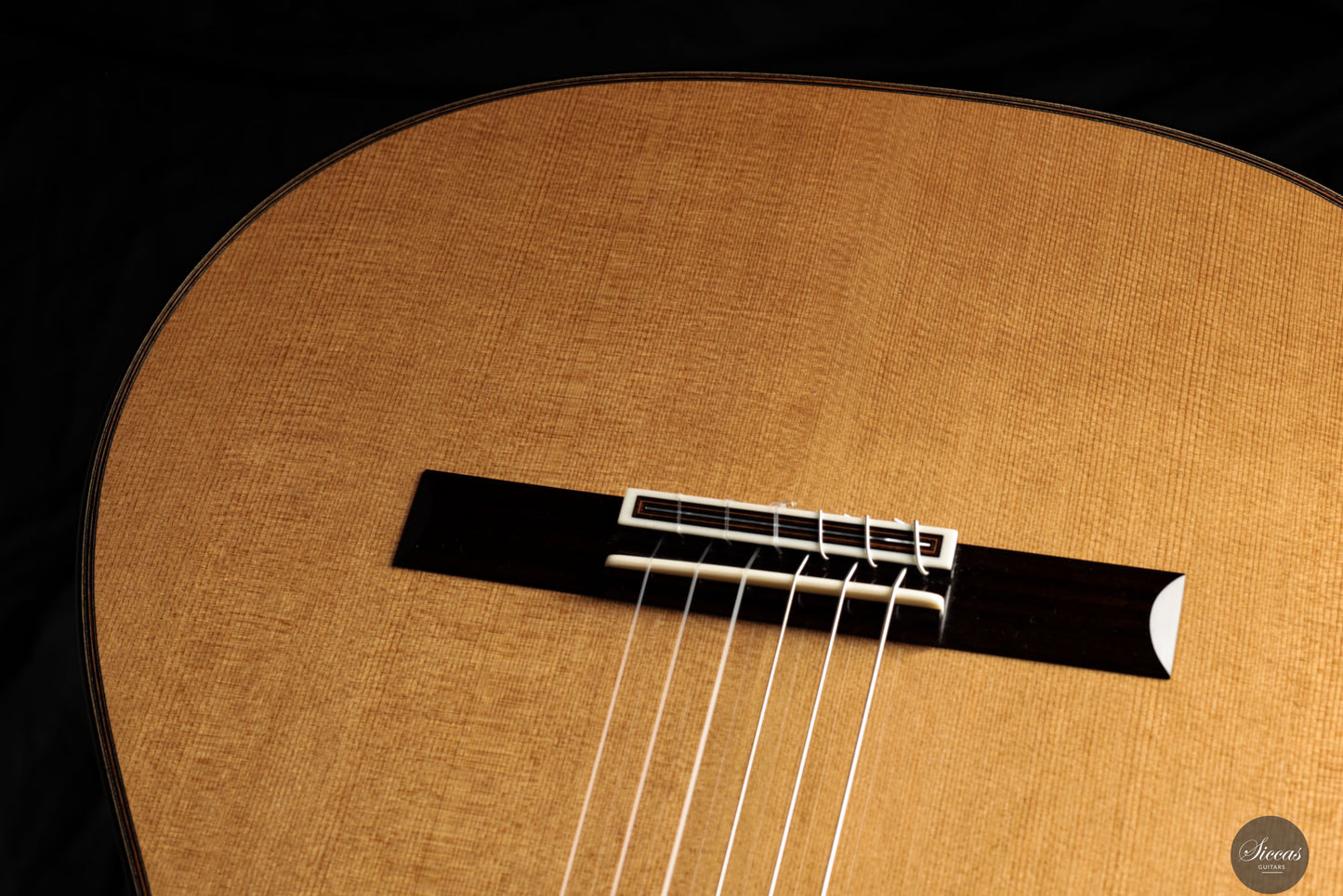
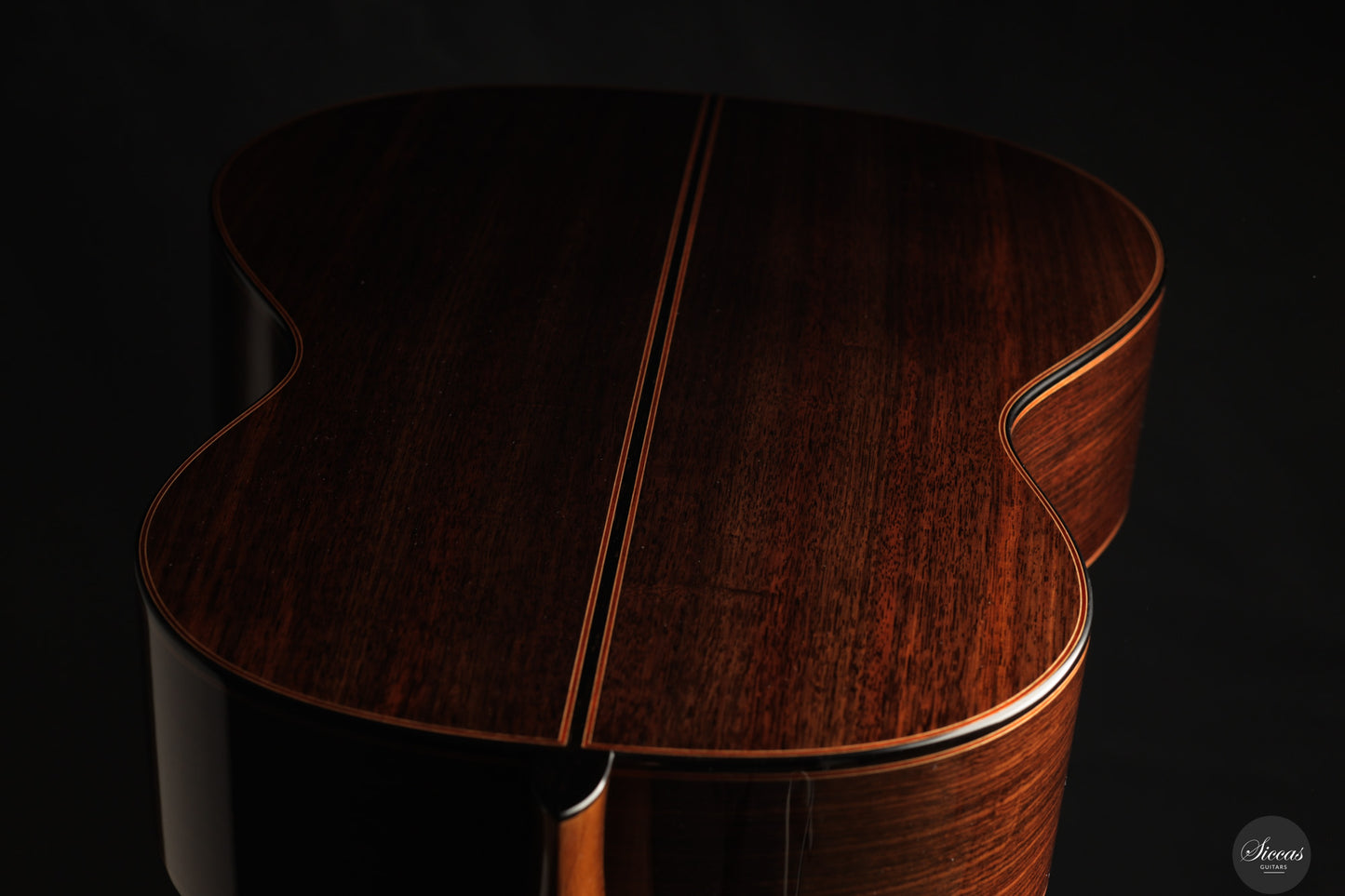
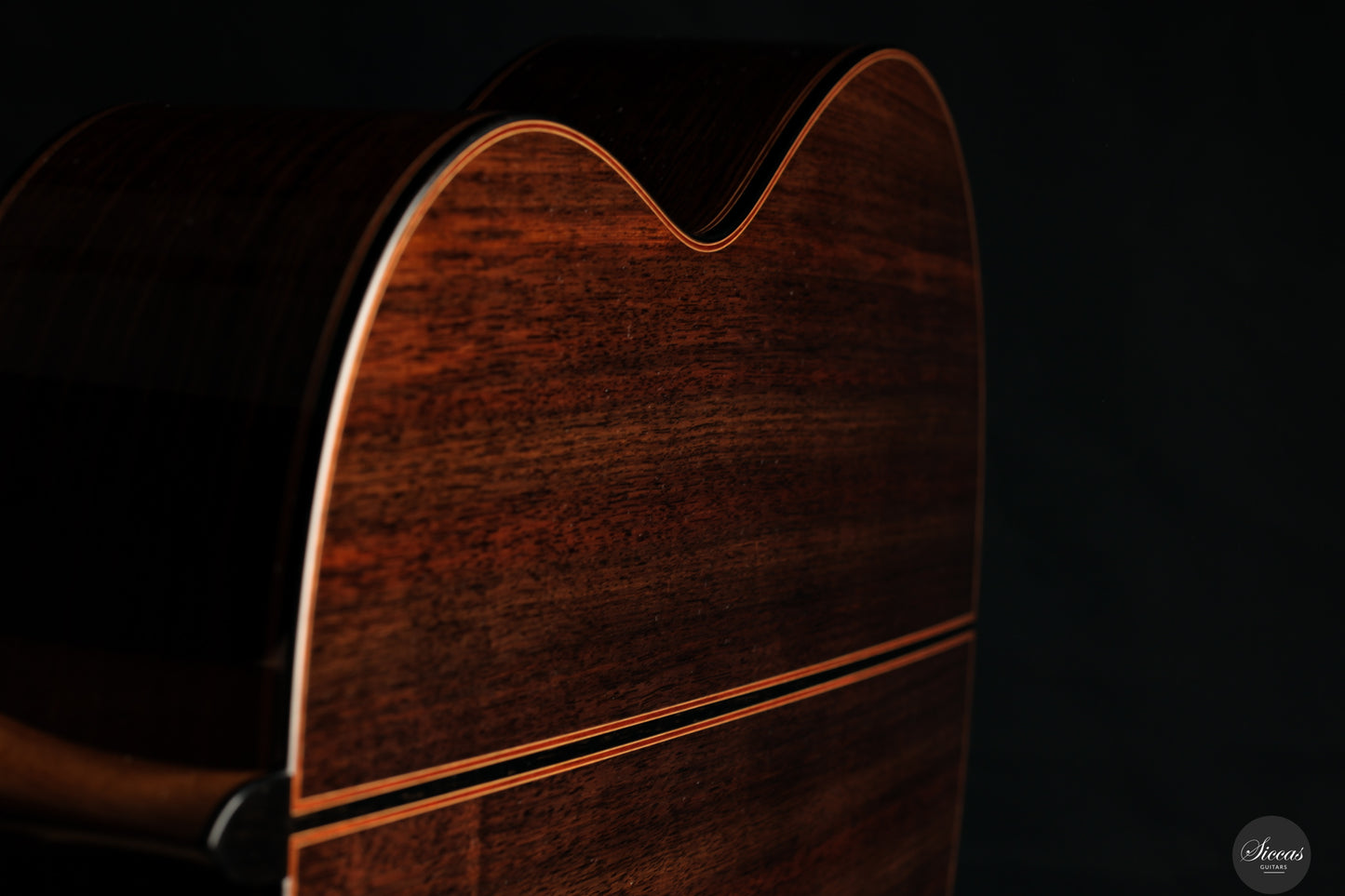

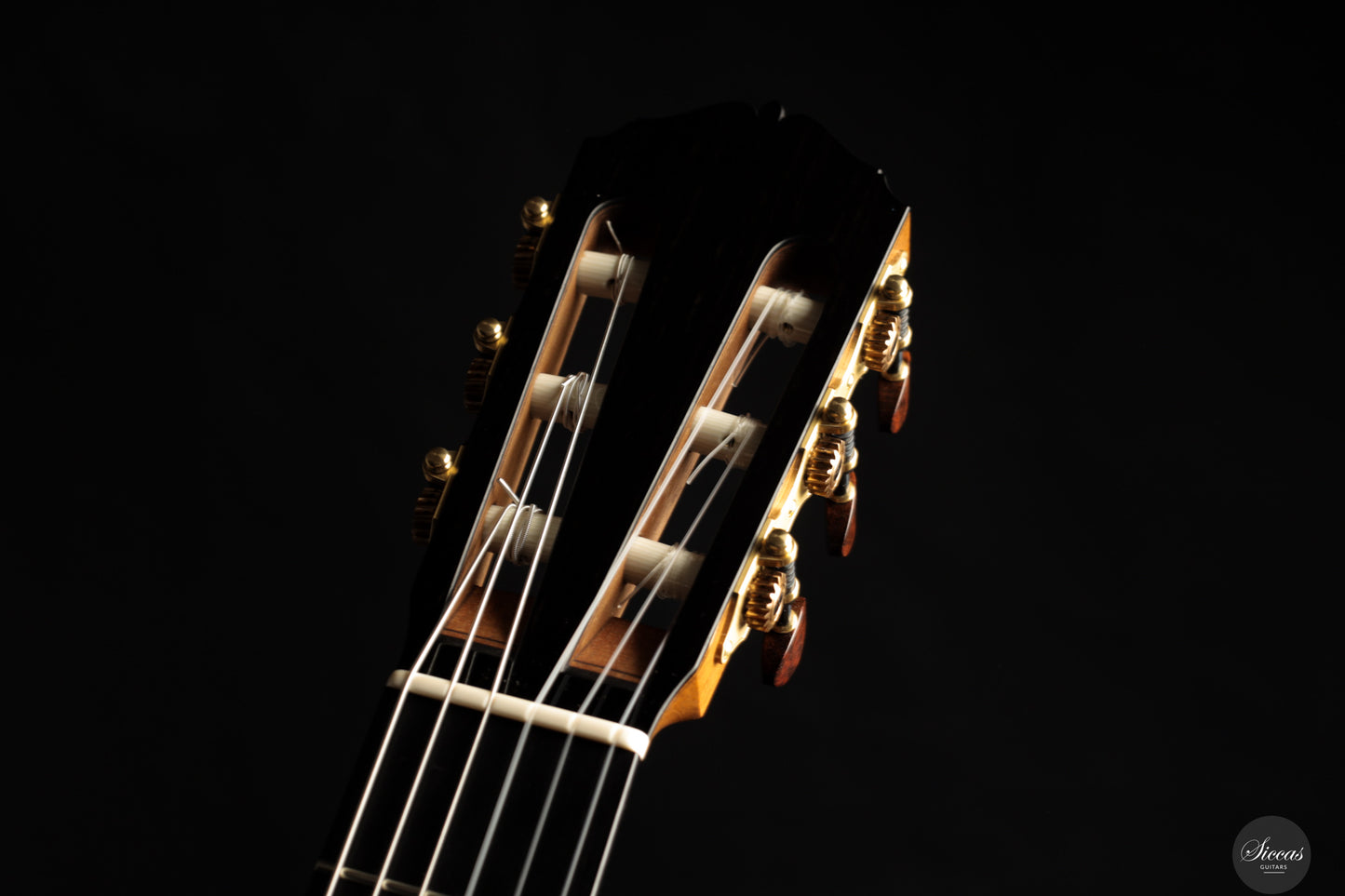
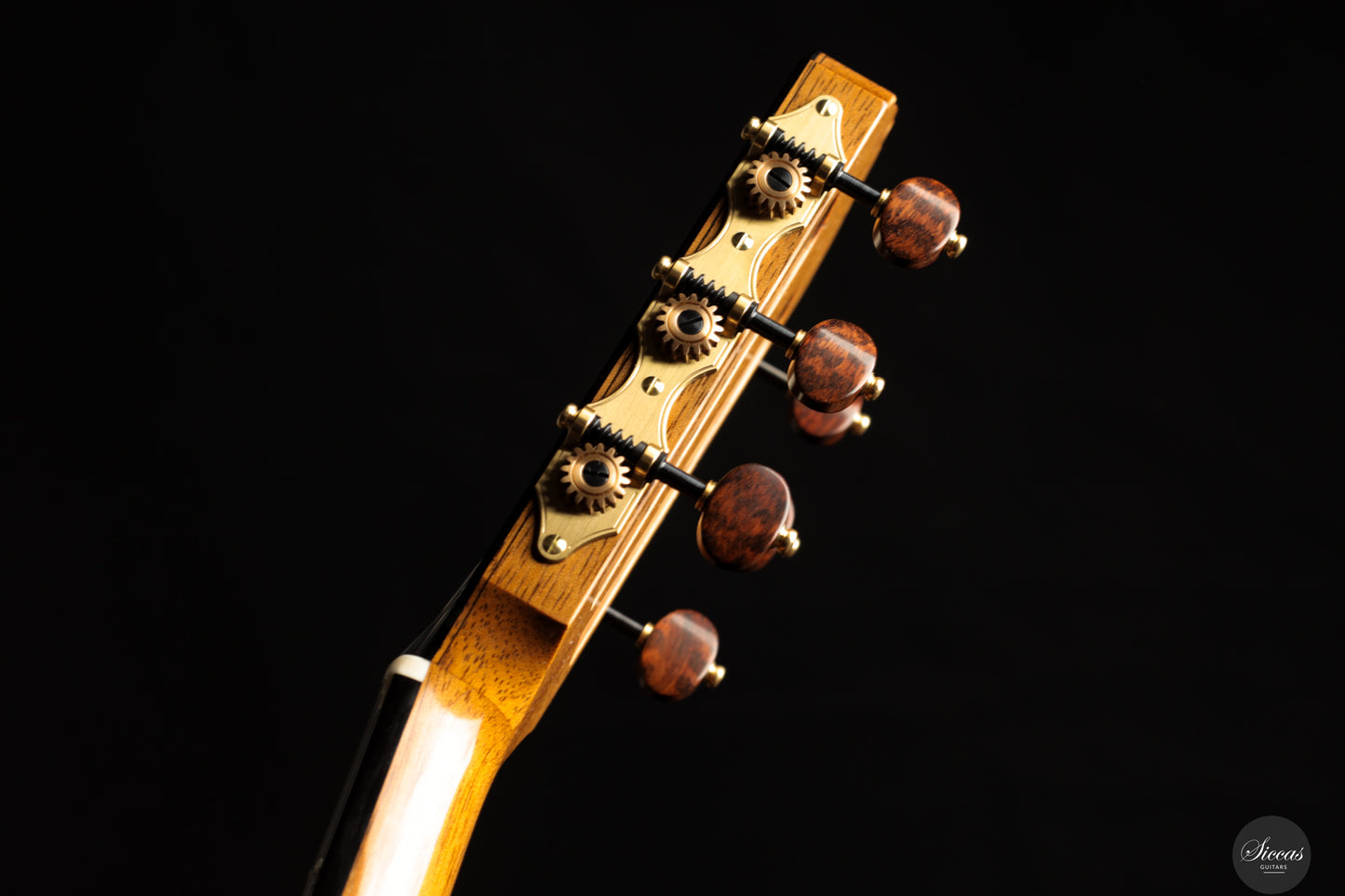
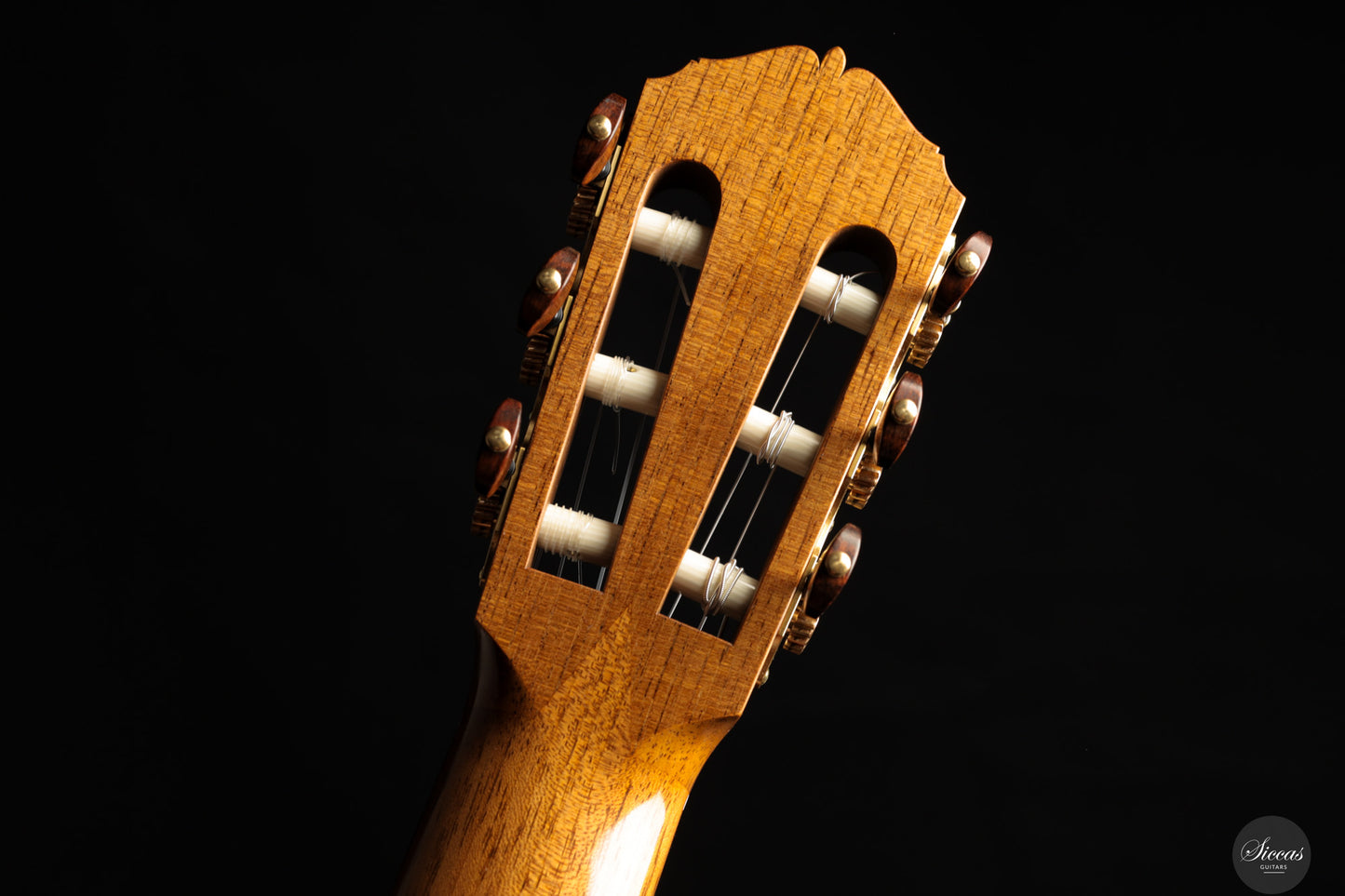
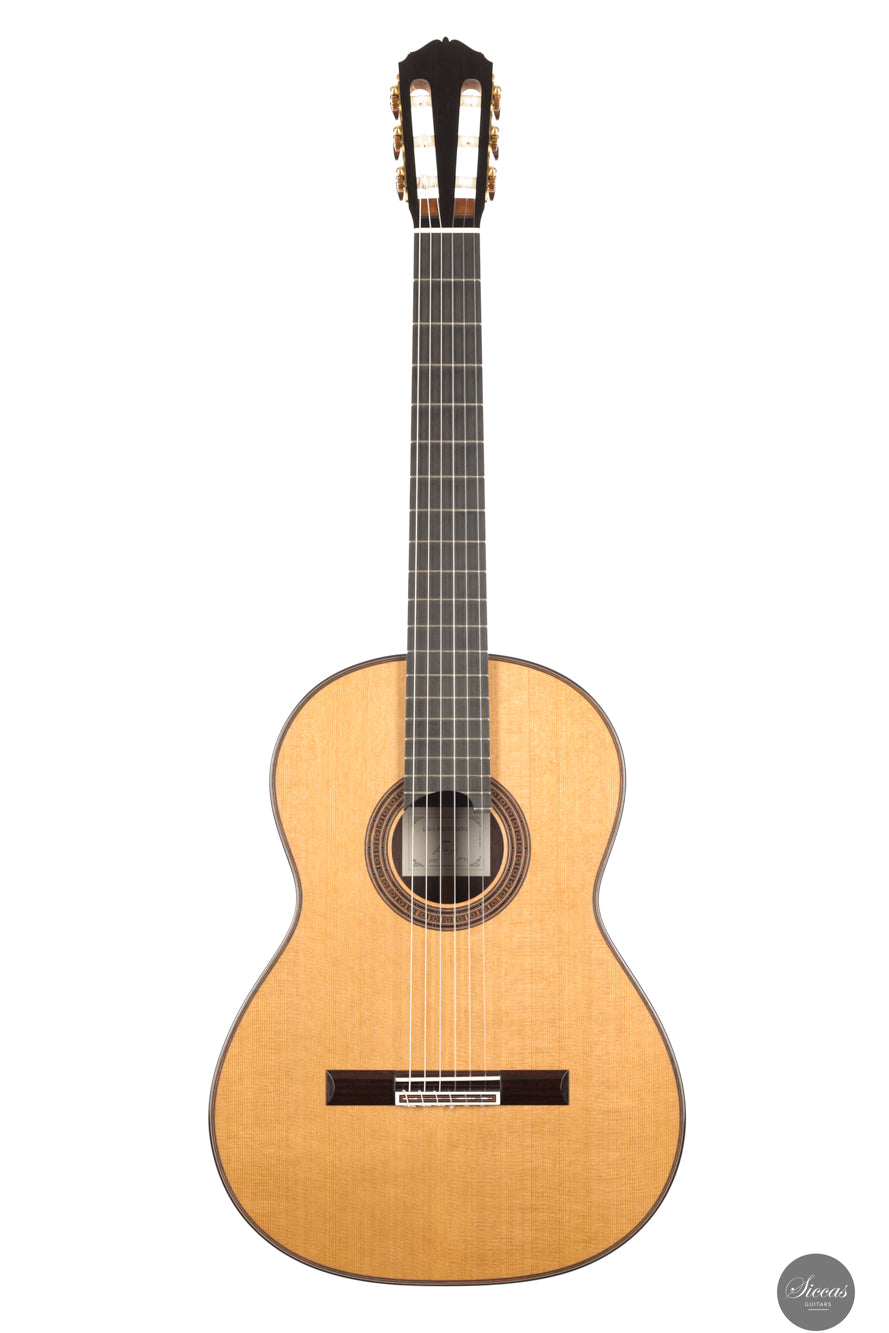


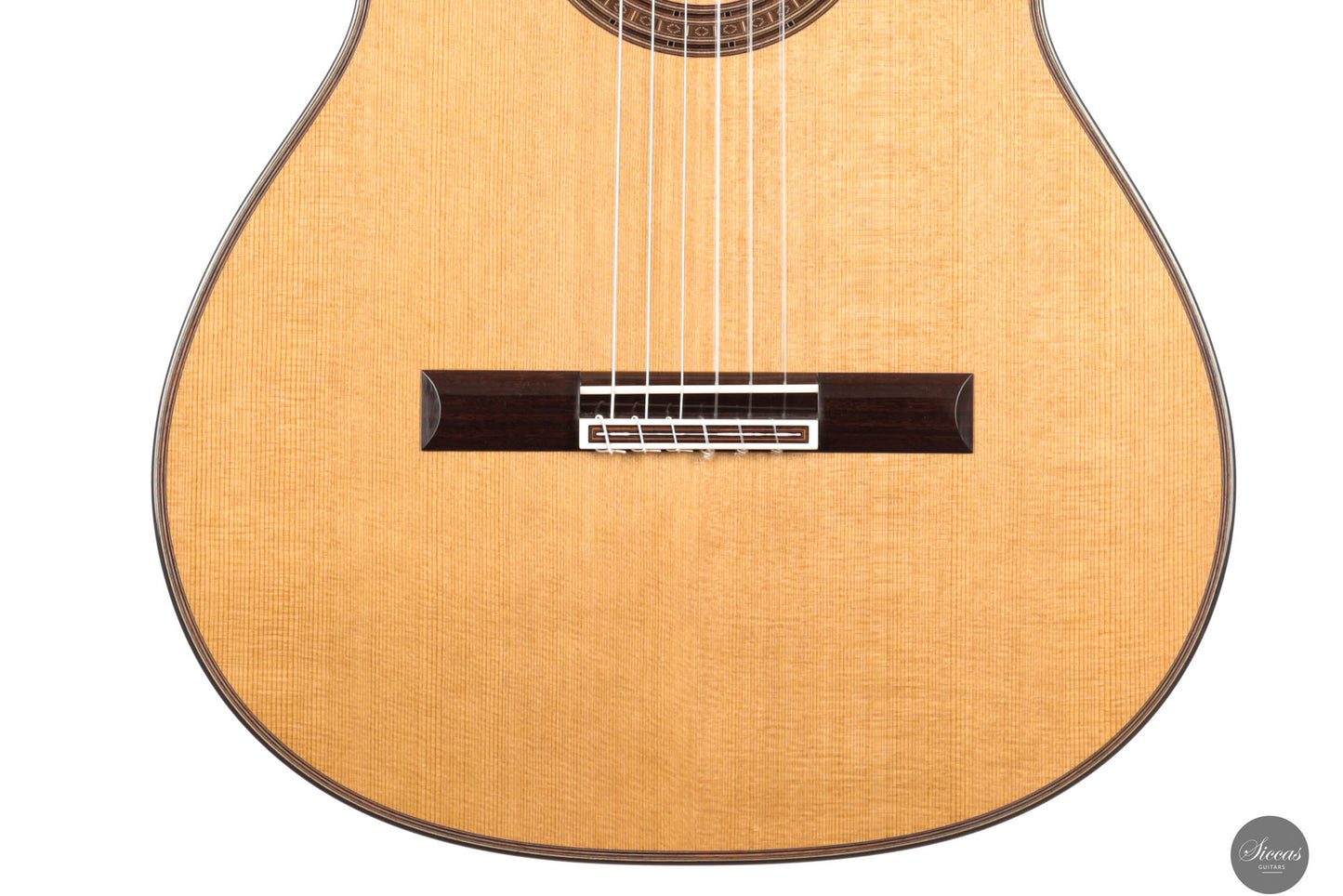
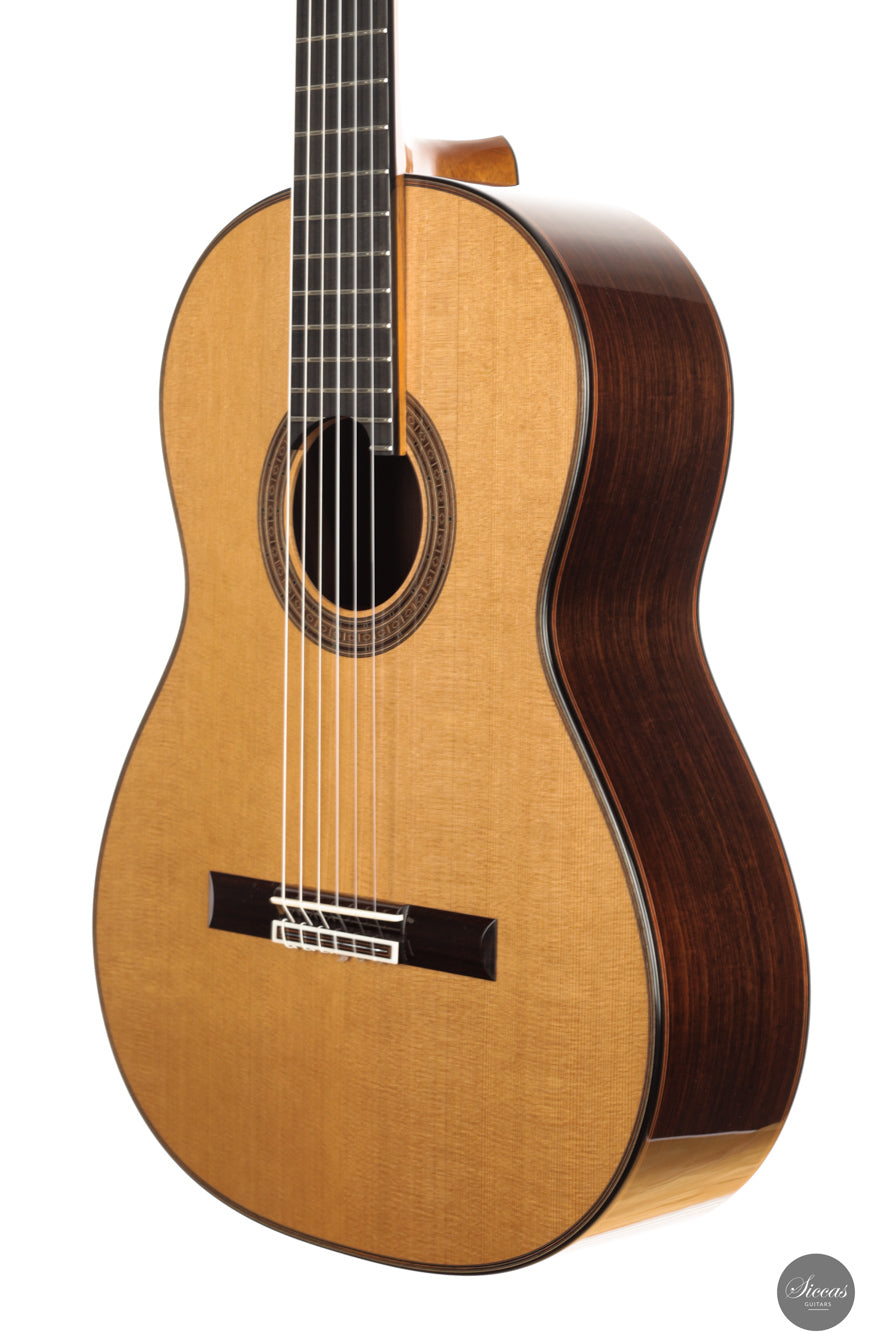

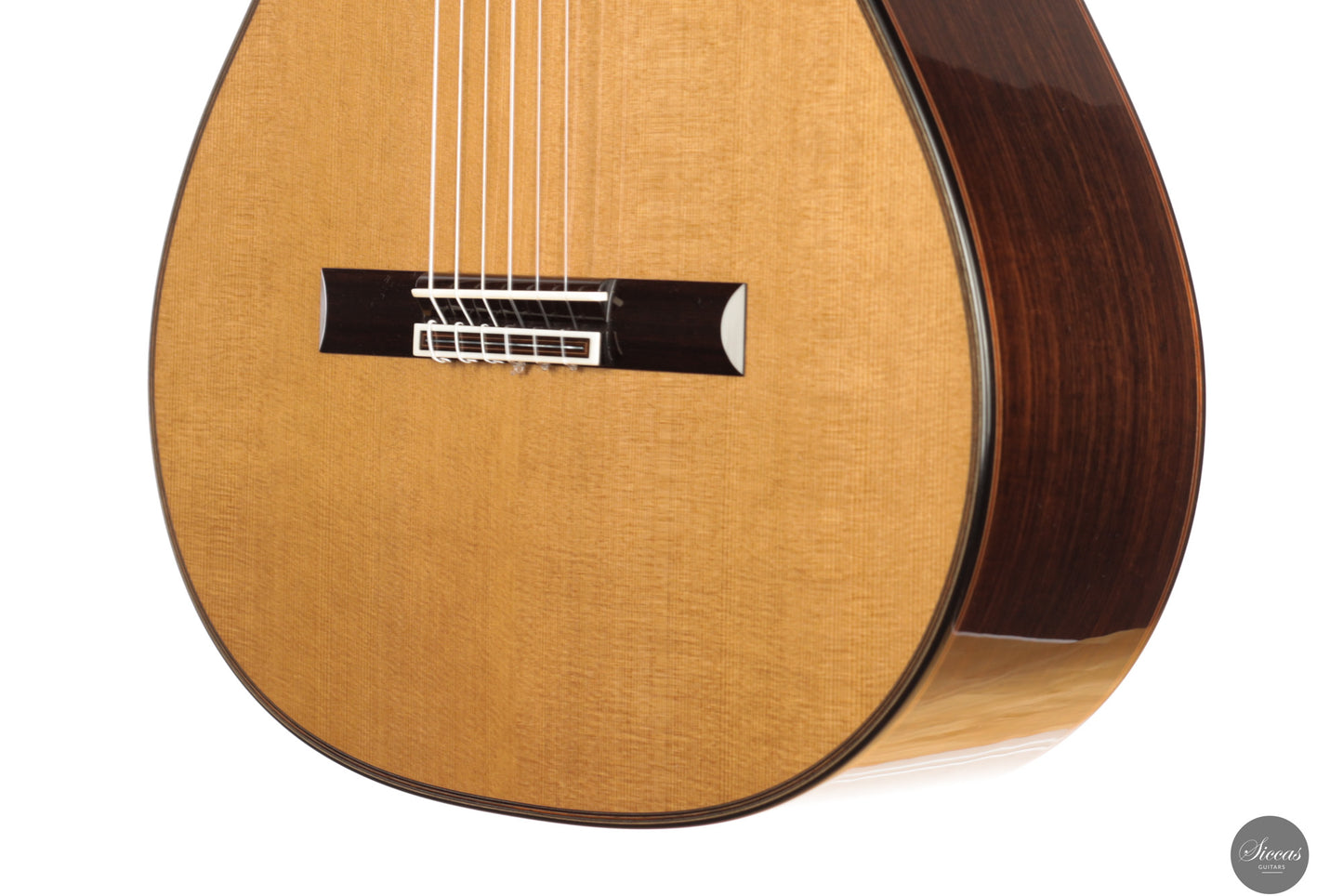
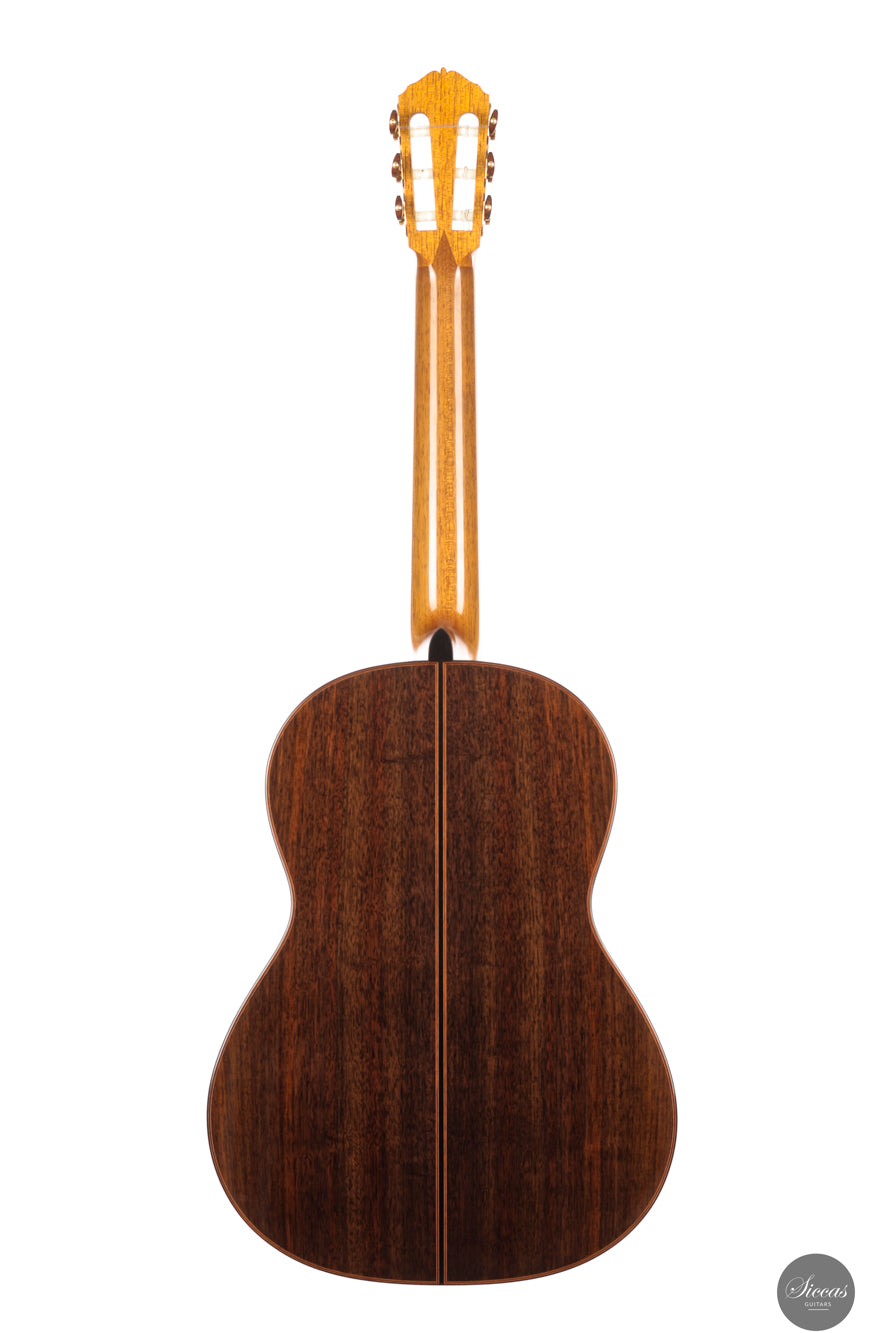
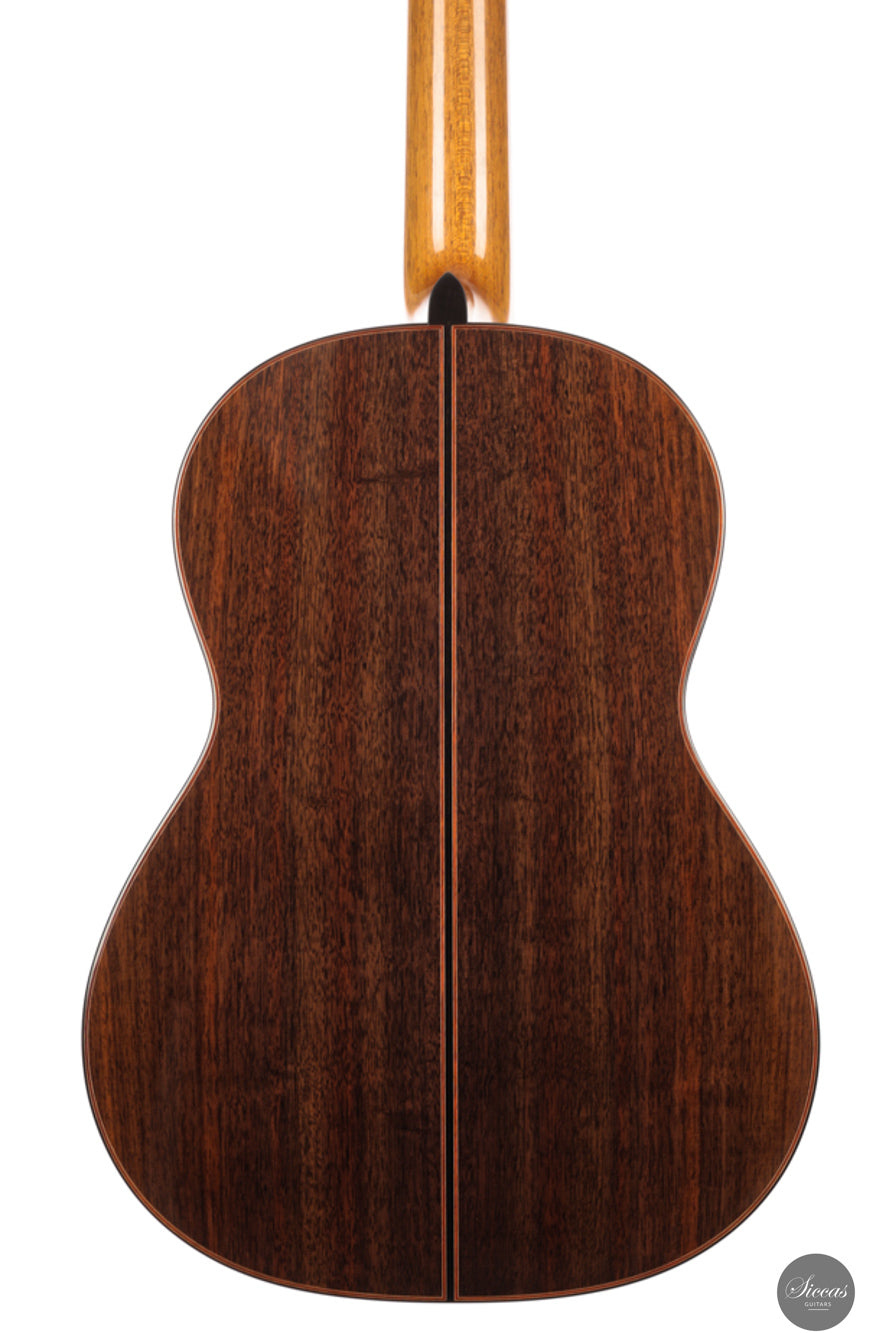
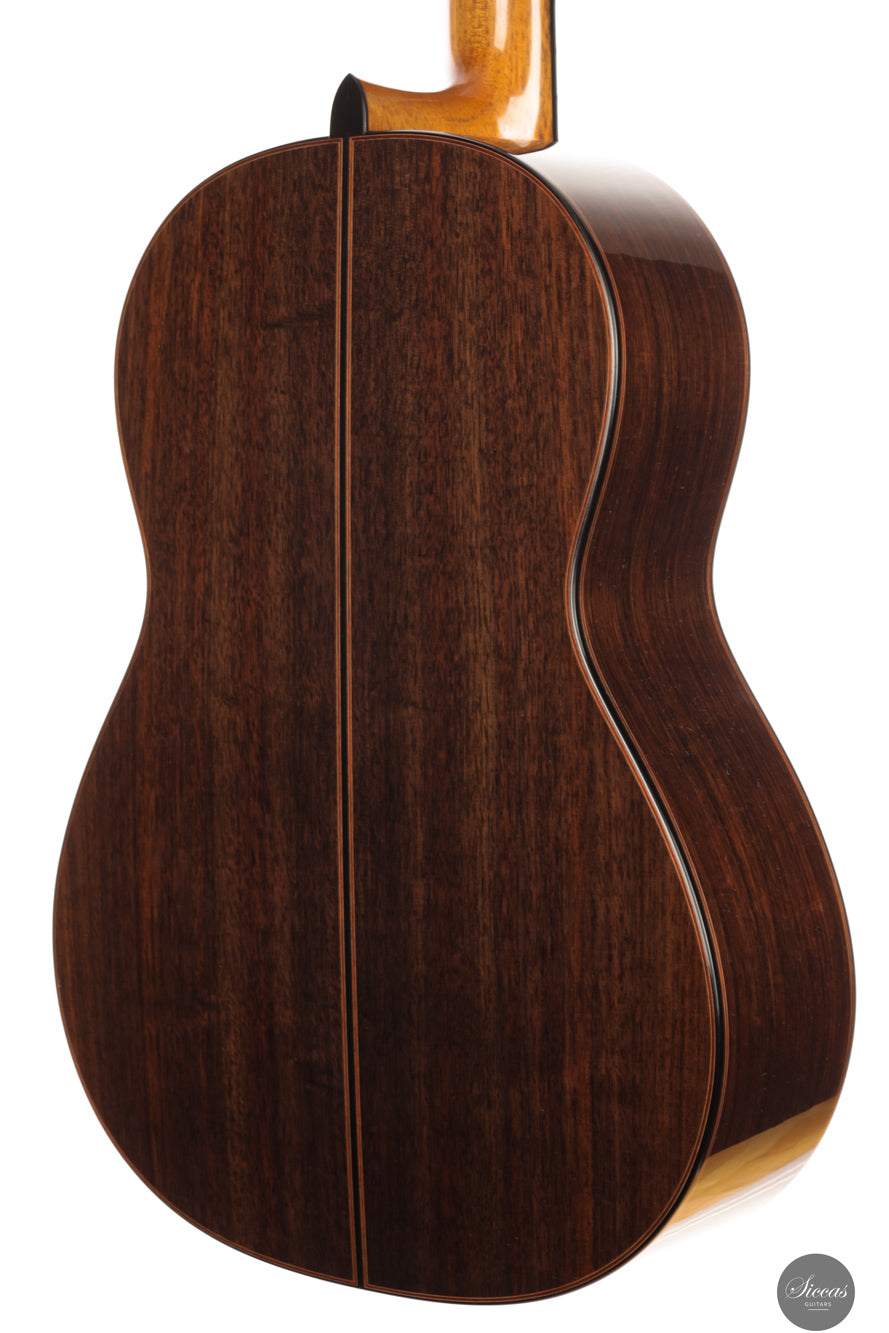

Video overview


More details about the guitar
About the luthier
Lisa Weinzierl is one of the most gifted luthiers of the new generation. After completing her training in Mittenwald at the prestigious instrument-making school, she apprenticed with renowned makers such as Gernot Wagner, Andreas Kirschner, Gert Esmyol, Peter Ziegler, Christopher Schuetz, and Leo Sprenger. Her craftsmanship was recognized with a gold medal and the master craftsman award from the Bavarian state government. Today, she works for W.E. Hill & Sons in London under the guidance of Stefan-Peter Greiner and Robert Brewer Young, building her own guitars within this dynamic environment.
Each of her guitars reflects deep technical refinement and rare artistic sensibility. Only a few instruments leave her bench each year, ensuring that every detail receives utmost attention. Her guitars combine visual elegance and exceptional playability, shaped by elevated fingerboards, traditional bracing, and the distinctive German “V” neck joint — all finished with a perfect French polish and fitted with elite Klaus Scheller tuners.
About the guitar
This 2025 cedar-top concert guitar by Lisa Weinzierl combines visual purity with outstanding tonal balance. It is a traditionally built instrument that achieves the power, volume, and coloristic depth often reserved for more modern constructions. The air resonance lies between F♯ and G, supporting a generous, sonorous tone. Its response is both fast and rounded, with a wide dynamic range and even projection across the full register. The basses are full and supportive, the trebles clear and refined, and the midrange richly blended — producing a voice that is lyrical without ever sounding forced.
A remarkable feature of this instrument is its effortless control. The guitar seems to breathe with the player, offering stability and comfort under the hands, and a neck shape that invites nuanced phrasing and agile movement. Every note emerges smoothly, without resistance, making expressive playing feel completely natural.
The aesthetic is minimalist yet detailed, with an immaculate transparent French polish that enhances the natural character of the woods. At just 1,440 grams, it is lightweight but structurally confident. From private studio to concert hall, this guitar represents the full potential of traditionally built instruments at the highest level of modern lutherie.
Regular care extends the life of the instrument
Even with careful use, a classical guitar may gradually change in appearance or respond to unstable storage conditions. Have a close look at your guitar regularly and be attentif to changes. If your instrument is suffering from its environement, it will let you know.
Protect Your Guitar: Handle with Care
Be mindful when touching your instrument with greasy or unwashed hands: any skin contact is a small attack on the varnish. Of course, a guitar is made to be played, but taking a few precautions helps preserve its beauty: wash your hands before playing, wear long sleeves, and avoid unnecessary direct skin contact with the body of the instrument.
Pro tip: Avoid playing with a button-up shirt, heavy jewelry, or a belt, as these can scratch the guitar. Also, make sure your guitar case is free of any objects that could damage the instrument during storage.
String care
A good habit to adopt is wiping down your strings briefly after each playing session. This small action significantly extends their lifespan and helps maintain a consistent, comfortable feel under your fingers.
Most importantly, clean strings are essential for keeping your instrument in tune. Corrosion, sweat, and dust can affect the uniformity of the strings and interfere with accurate tuning across the entire fingerboard.
Pro tip: If you're having trouble getting your guitar in tune, it might be time to change the strings. A useful test is to compare the pitch of the 12th fret harmonic with the fretted note at the 12th fret; if there's an unusually large gap between them, your strings may have lost their integrity and should be replaced.
Keep Your Shellac Finish Shining!
Got a guitar with a shellac (French polish) finish? Here's a simple trick: Take a clean microfiber cloth and gently breathe on the surface to create a light mist. Then, softly rub to remove fingerprints, sweat, and grease. That’s usually all it takes to keep it looking great, no products needed!
Pro tip: Every few years, treat your guitar to a check-up with a luthier to keep it in top shape.
Storing Your Guitar: Climate Matters
Your guitar can safely stay outside its case, as long as the surrounding environment maintains 42–55% humidity and a temperature between 18–25°C.
Keep in mind that humidity levels can still fluctuate inside the case, especially during seasonal changes.
- Too much humidity may cause overtightened strings and a dull tone.
- Too little humidity can lead to a bulging top, string buzz, or even cracks.
Avoid placing your guitar near radiators, air conditioners, or windows with direct sunlight.
Pro tip: Always close your guitar case while playing. This helps preserve a stable microclimate inside the case, so your instrument is protected the moment you put it back in.





















































